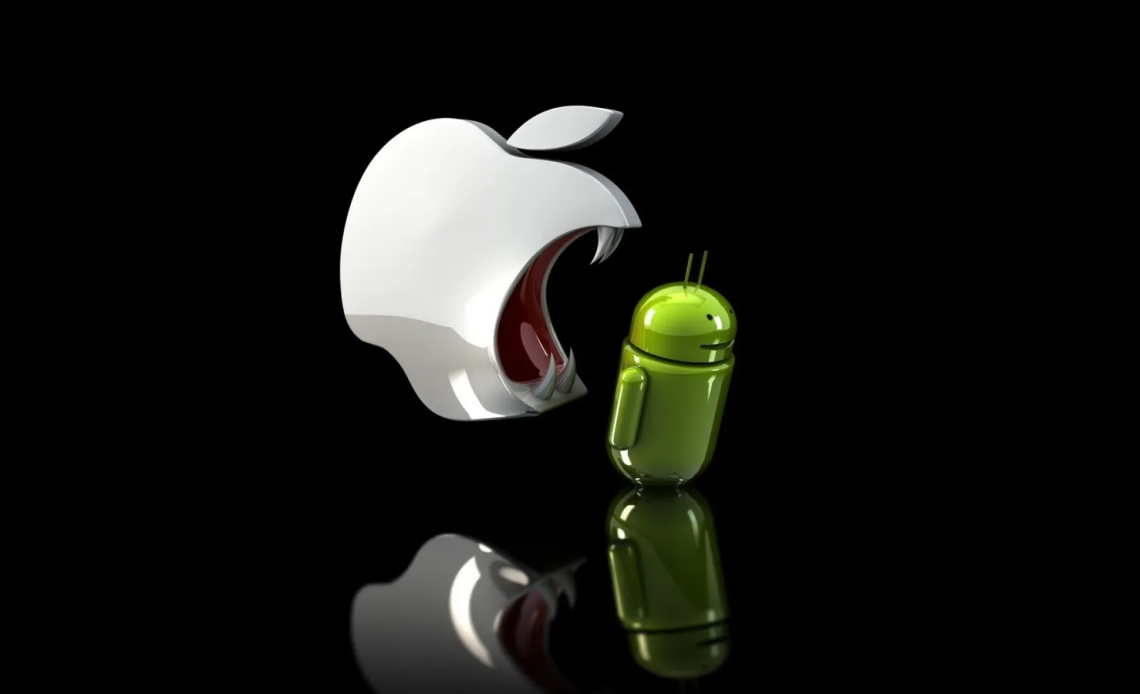
It’s a curious reality in the world of mobile apps, as the news that subscriptions often cost more on iPhones than on Android devices became the talk of the town. This pricing mystery has left users scratching their heads, why should the same app cost differently depending on your device? To answer this question, we examined popular app subscriptions across both platforms, discovering some distinct patterns and intriguing surprises along the way. From Google services to social media upgrades, the cost comparison between iOS and Android unveils an unexpected layer to the app experience that’s worth knowing.
One of the main reasons for this pricing discrepancy lies in Apple’s platform fees, often around 15-30% for in-app purchases made through the App Store. This platform charge is generally absent on Android, particularly for services developed by Google, resulting in more affordable subscriptions. For instance, YouTube Premium on Android is priced at ₹149 per month, while the same service on iOS costs ₹195. Google One, a cloud storage solution from Google, is also more affordable on Android, thanks to the absence of this additional fee.
Meta Verified, another popular service, reflects a similar pricing approach. Both Android and iOS users can subscribe to Meta Verified for ₹639 monthly; however, Android users receive the first month at a discounted rate of ₹579. X Premium+ (formerly Twitter) exemplifies another difference – its monthly subscription costs ₹2,150 on Android but rises to ₹2,299 on iPhones.
Surprisingly, some services, like Truecaller, remain consistent in pricing across platforms, with both Android and iOS users paying ₹99 monthly or ₹899 annually. Similarly, Apple’s own services, like Apple Music and Apple TV+, maintain the same pricing across both devices, as do LinkedIn Premium plans, although it’s marginally cheaper on iOS (₹919) compared to Android (₹925).
Interestingly, desktop or web-based subscriptions can sometimes be even more affordable than those on mobile. By subscribing via desktop, users bypass platform fees altogether, making it a budget-friendly option for many services.

